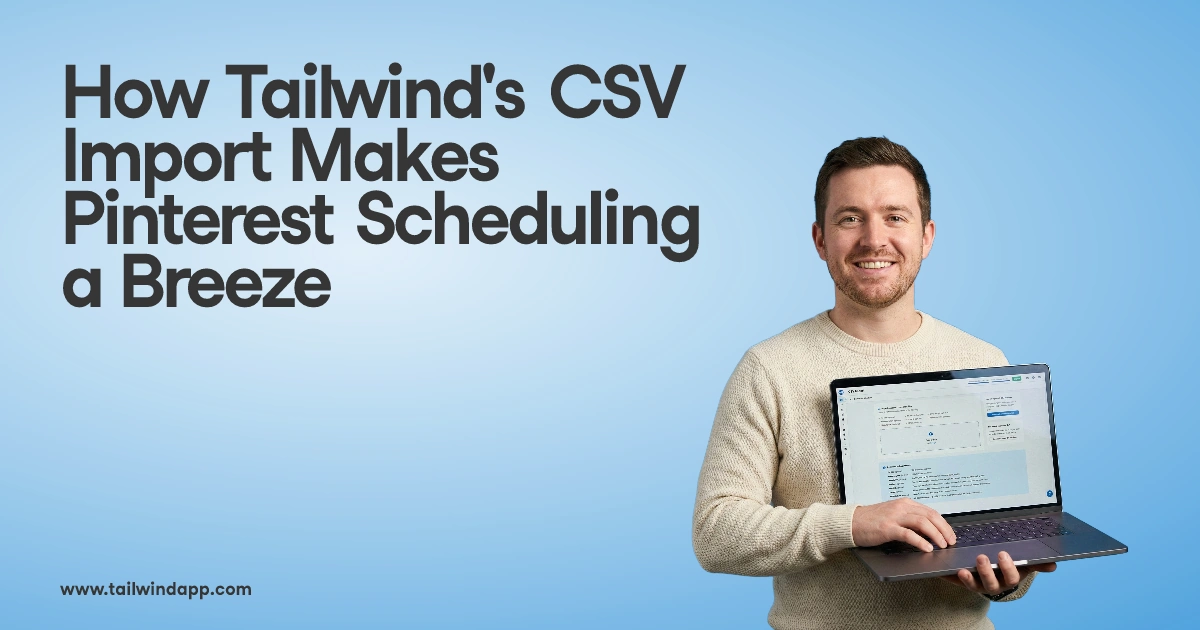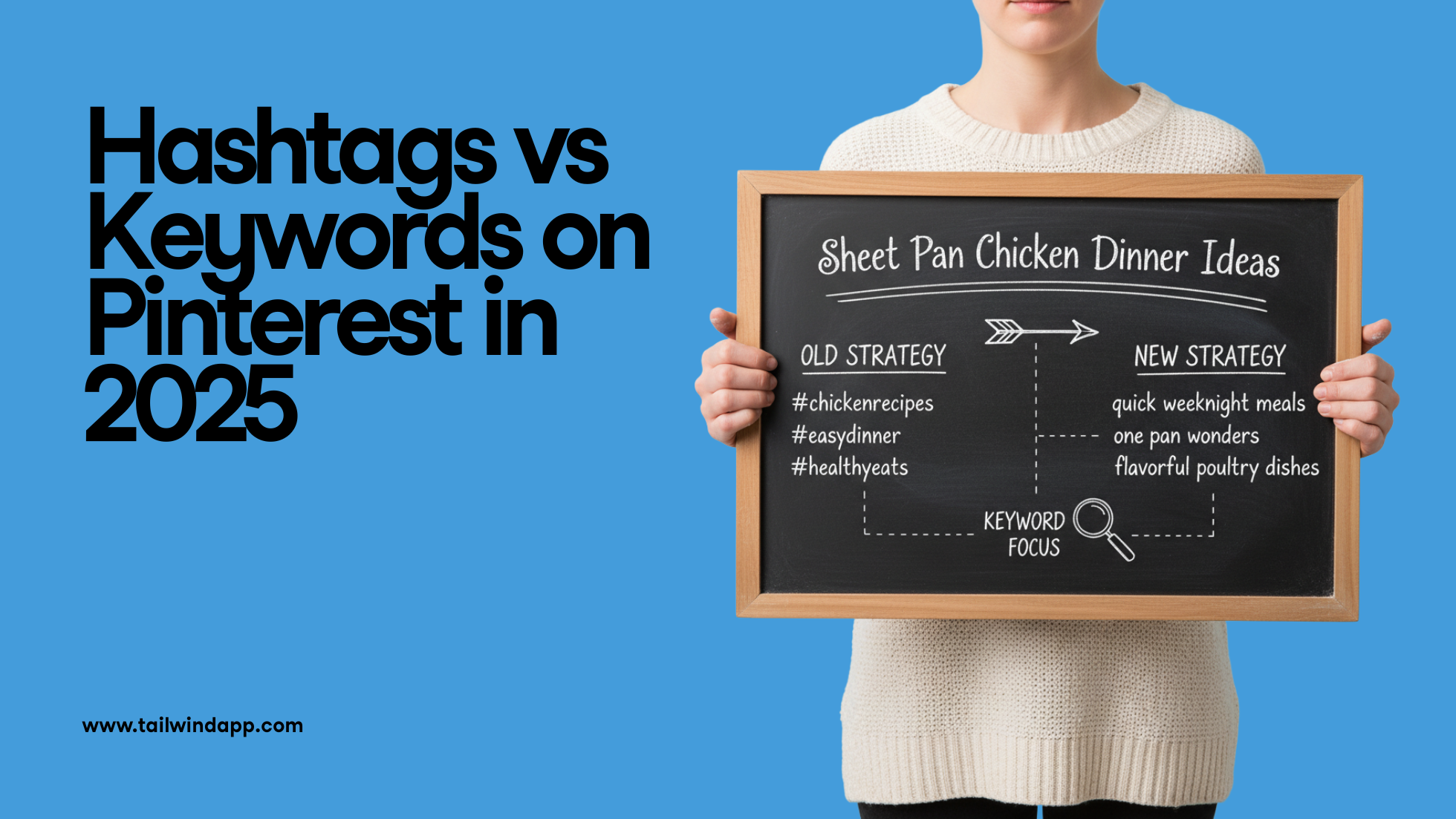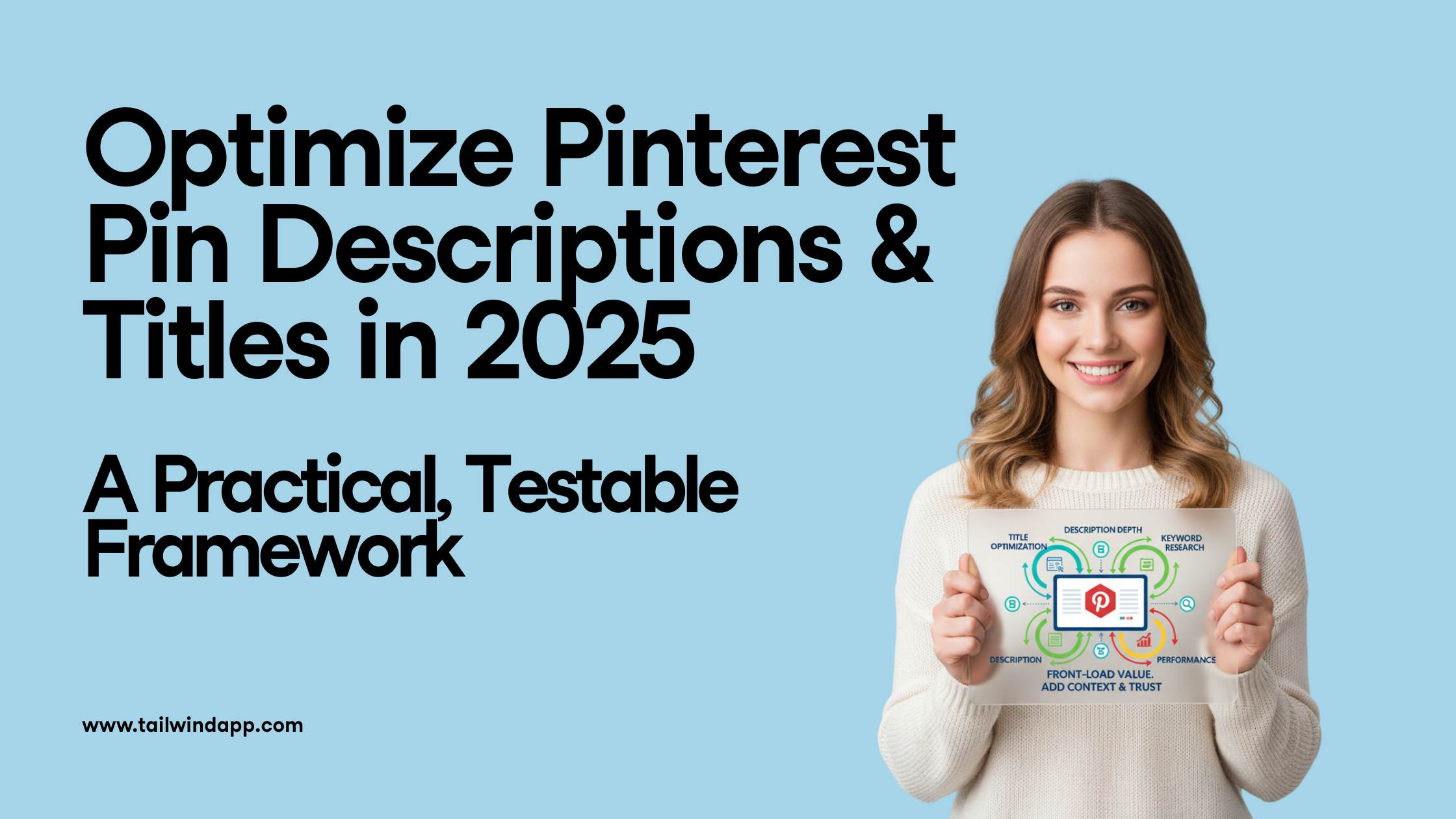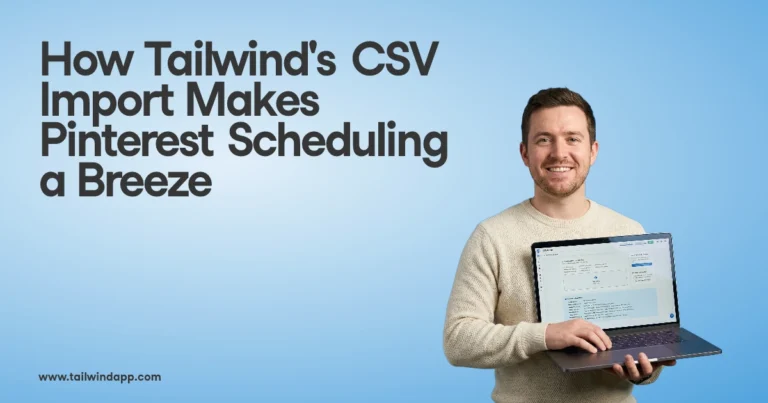
Is Pinterest Social Media? It’s founder doesn’t think so.
In an interview with Fortune magazine, Pinterest co-founder Ben Silbermann said of the platform, “I think that’s a very different thing than a social network. The objectives of the two are different. On a social network, you upload photos for other people to like. Pinterest, on the other hand, is self-serving.”
Truth! Facebook, Snapchat, and Instagram are where we curate the best versions of our lives. Pinterest is where we find inspiration and plan to create the best versions of ourselves.
(Author note: This post was originally written by Alisa Meredith. It was updated in 2025 by Susan Moeller.)
Pinterest — Leaning Into Search and Away From Social
If you signed up for Pinterest years ago, you were asked to follow several accounts. As the platform evolved, WHAT you connect and engage with became much more important than WHO you connect with.
Our home feeds are no longer filled with Pins from all the people we follow. Instead, you’ll see a mix of “picked for you,” Promoted Pins, and Pins from people you follow.

For many of us, the latest changes to the home feed display only images and Rich Pin data. So, you cannot see who pinned an image unless you click on the Pin. That lack of front-and-center social information is part of why we don’t primarily think Pinterest is social media. Pinterest helps us widen out to explore and discover ideas from new people.
Pinners do use the platform as a search and discovery engine. Its 200 million monthly active users perform 2 BILLION searches a month and 96% of searches on Pinterest are unbranded — meaning the searcher isn’t looking for a particular brand and may be open to discovering YOURS.
Pro Tip: Don’t overcomplicate your pinning workflow. The Tailwind Pinterest Extension keeps it simple and fast—right from your browser.
Pinterest Has Some Social Features — But It’s Not a Social Platform
Recently, Pinterest removed the ability to “Like” Pins, taking away the easiest way to engage with a Pin. I used them to thank people for pinning my content, which was a little bit social!
While Pinners can still follow people or boards and can comment on Pins, I would argue that those are not truly social actions. How many genuine comments have you seen on your Pins lately? How closely do you pay attention to who has followed you?
Messaging on Pinterest is a handy feature that allows you to send a note or a Pin within Pinterest, and some do use it, but it’s more often used as a means to share a Pin than have a conversation.

What about “Tried it”? Isn’t that social? You know, it is a bit. Recipe Pins is where you’ll see the most genuine feedback. It’s helpful for the people deciding if they want to make it, the recipe creator, and to the person who leaves the feedback.
I know I’ll never remember which low-carb poundcake recipe I made if I don’t leave a “Tried It”. And if I made a tweak to the recipe, this is the perfect place to note that. If someone else finds it helpful, that’s great — but that’s not why I’m doing it!
You won’t generally see a lot of back and forth on these reviews, which is why it’s kind of a social feature, but doesn’t put Pinterest into “social media” territory.
Schedule Smarter for Pinterest Success with Tailwind
Pinterest isn’t just a social network—it’s a powerful discovery engine. To make the most of it, consistency and timing are key. Tailwind’s Pin Scheduler ensures your Pins go live at the best times for engagement, helping your content get discovered by the right audience.
Understanding How Pinners Use Pinterest — A Must for Effective Marketing
Pinning is largely a solitary activity. Pinners are collecting for themselves — what interests them, what they want to try. As regular Pinners (not as marketers or bloggers), they don’t particularly care if anyone follows them, saves their Pins, or clicks to visit a website.
They’re looking for ideas and products that inspire to action. They’re not looking to learn about you, your office, your employees, or your workplace. That’s for later on in the sales cycle — and not for Pinterest at all.
Let people find you because of your inspiring content. Build trust by continuing to provide value. Then make sure your website allows for a smooth transition from Pin to page. That means a beautiful and engaging Pin should link to a beautiful and engaging web page.
Pay attention to how you find relevant Pins, why you choose to click one Pin instead of another, and what makes you save a Pin to your board. Most importantly, take notice of what makes you click on a Pin to visit a site.
Likely you’ll start to notice that you don’t care who pinned a Pin. Rather, the Pins you’ll click or save are some combination of relevant, helpful, beautiful, and inspiring.
You’ll also find that you’re not there to learn about a particular brand or company (remember, 97% of Pinterest searches are unbranded). So, you’ll discover brands, products, and ideas that are completely new to you. This is the fun of Pinterest — and the reason that every product and brand has a chance to succeed here.
Keep pinning as a user so you don’t forget the way they think and the way they pin, and your Pinterest marketing will succeed!
Longing for a Sense of Community on Pinterest?
Pinterest group boards do provide a way to collaborate on Pinterest. A board owner invites one or more Pinners to add to their board. Any Pin added to the board may appear in the home feed of any Pinner who follows any of the board collaborators. This is a great way to expand your reach on Pinterest. Some Pinners also use group boards to find high-quality content to share on other boards.
Introducing Tailwind Communities!
Tailwind Communities allow any Pinner to create a group of like-minded bloggers. Each Community Member adds in their own best content, or content from another blogger they wish to support. All Community Members share out content that is relevant to their own followers. Large or small, new or established, the activity of each Pinner in the Community contributes to the success of the group.
The Communities dashboard allows Community Leaders and Admins to see if Community Members are actively sharing other members’ content. If someone doesn’t follow the rules, Leads and Admins can remove them from the group. Even if the Community is public, they won’t be able to rejoin if they’re not a good Community Member.
Community chat allows Community Members to communicate within the Tailwind dashboard. You never know what kind of collaborations may result — on Pinterest or beyond!
This short video explains how they work:
In Conclusion
While Pinterest is often called a “social network,” its social features don’t change the fact that it is a visual search and discovery platform and that Pinners use it for solitary inspiration and planning.







